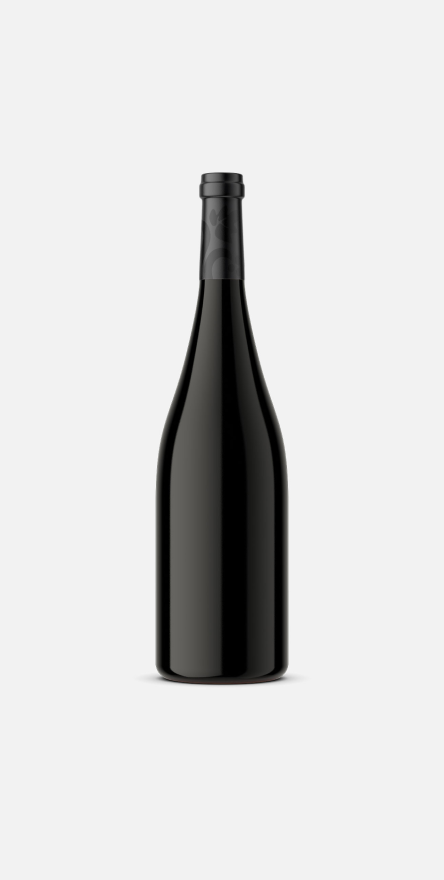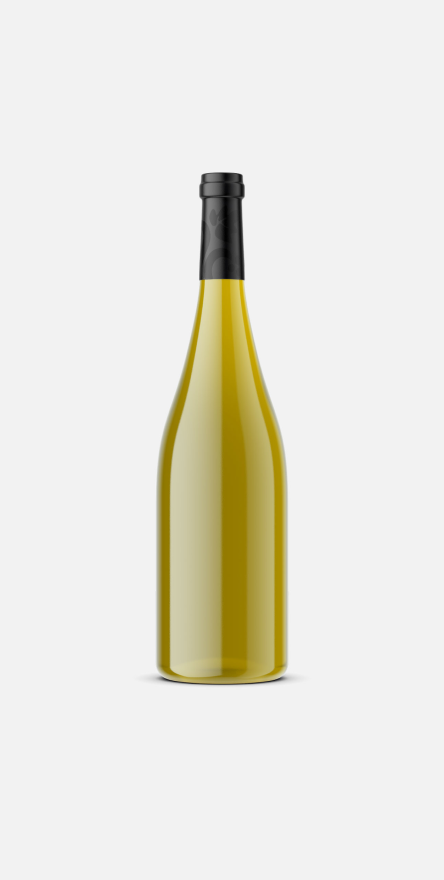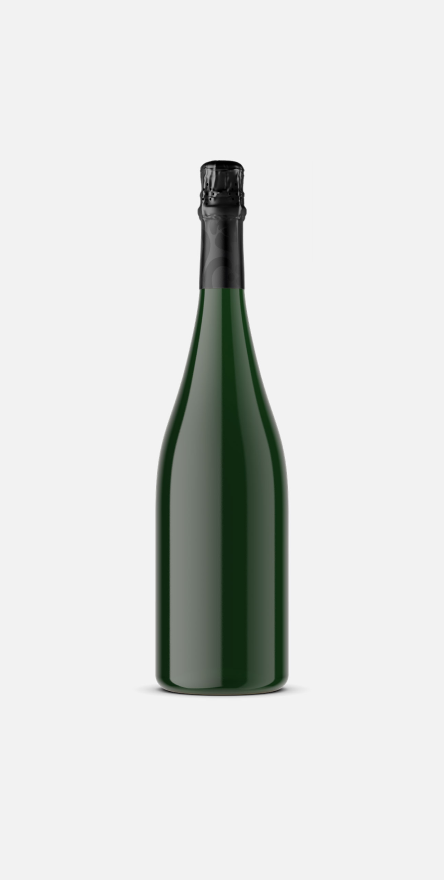Ernte 2017
Ernte 2017
Die Regulierungsbehörde der DOCa Rioja hat die offizielle Bewertung “SEHR GUT” für die Ernte von Rioja 2017 vergeben, die trotz eines Vegetationszyklus, der durch den harten Frost im April und die Trockenheit geprägt war, sehr zufriedenstellende Ergebnisse in Bezug auf die Qualität lieferte. Tatsächlich haben einige Weine dieser Ernte die höchsten Bewertungen der letzten Jahre erhalten, mit außergewöhnlichen Bewertungen, die ihr großes Potenzial für die Reifung hervorheben. Insgesamt haben 249,57 Millionen Liter der Ernte 2017 das Recht auf Zertifizierung als Weine mit Herkunftsbezeichnung DOCa Rioja erhalten (21,60 Weißwein, 12,07 Roséwein und 215,90 Rotwein).
Die ausgezeichnete Gesundheit der Weinberge während des gesamten Vegetationszyklus, mit völliger Abwesenheit von relevanten Schädlingen oder Krankheiten, war eines der herausragenden Merkmale einer Ernte, deren Weinlese am 10. August begann und damit die früheste in der Geschichte von Rioja war. Das gute Wetter am Ende des Zyklus und die Verbesserung der Produktionsaussichten, die sowohl durch die Trockenheit als auch durch die Auswirkungen des starken Frosts, der ein Drittel der riojanischen Weinberge unterschiedlich stark betraf, stark beeinträchtigt waren, führten zu einer Ernte von hoher Qualität, wenn auch quantitativ knapp.
Zu den Merkmalen des durchschnittlichen Profils der Weine der Ernte 2017 gehört eine durchschnittliche Alkoholgrad etwas höher als im Vorjahr sowie eine interessante Vielfalt, die weitgehend durch die geringen Produktionen geprägt ist. Es gibt feine und elegante Weine mit einem komplexen und ausgeprägten Rioja-Charakter, die sich sehr gut für die Fasslagerung und lange Reifung eignen.
Die Bewertung dieser Ernte 2017 als “SEHR GUT” ist das Ergebnis des rigorosen Qualifizierungsverfahrens durch Analyse und Verkostung, dem die 4.020 Proben unterzogen wurden, die von den Technikern des Rats direkt aus den Tanks der Weinkellereien entnommen wurden, um ihre Qualität zu zertifizieren und damit ihre Eignung als Rioja-Weine zu bestimmen. Die Anforderungen zur Bestehen der Bewertung wurden in den letzten Jahren erhöht, wobei anspruchsvollere Parameter eingeführt wurden, um sicherzustellen, dass Rioja weiterhin als Referenz für Qualitätsweine gilt.
Hervorragende Entwicklung des Vegetationszyklus
Die riojanischen Weinberge hatten eine günstige Entwicklung in der Kampagne 2017, die sich durch die außergewöhnliche gesundheitliche Situation auszeichnete, wie im Bericht des Autorisierten Beobachtungsdienstes des Regulierungsrates angegeben, der eine umfassende Überwachung aller Phasen des Vegetationszyklus durchführt.
Klimatisch war das Jahr hauptsächlich durch fehlende Niederschläge und den Frost am 28. April gekennzeichnet, der sich allgemein, wenn auch ungleichmäßig, auf ein Drittel der Weinberge von Rioja Alta und Rioja Alavesa auswirkte und ihre Produktionsaussichten erheblich beeinträchtigte. Ohne weitere erwähnenswerte Zwischenfälle war das Ende des Zyklus durch eine große meteorologische Stabilität gekennzeichnet, eine sehr günstige Bedingung für die Erzielung einer qualitativ hochwertigen Ernte.
Der Vegetationszyklus verlief früher als üblich in Rioja, so dass die Ernte 2017 die früheste in der Geschichte dieser Ursprungsbezeichnung wurde. Die Austrieb begann in der östlichsten Zone Mitte März, mit einer Vorverlegung um etwa 15 Tage gegenüber 2016, verlief normal und behielt den anfänglichen Vorsprung bis zum Zeitpunkt des Frosts bei. In den restlichen Teilen der Ursprungsbezeichnung verlief der Zyklus weiterhin mit diesem Vorsprung





















